

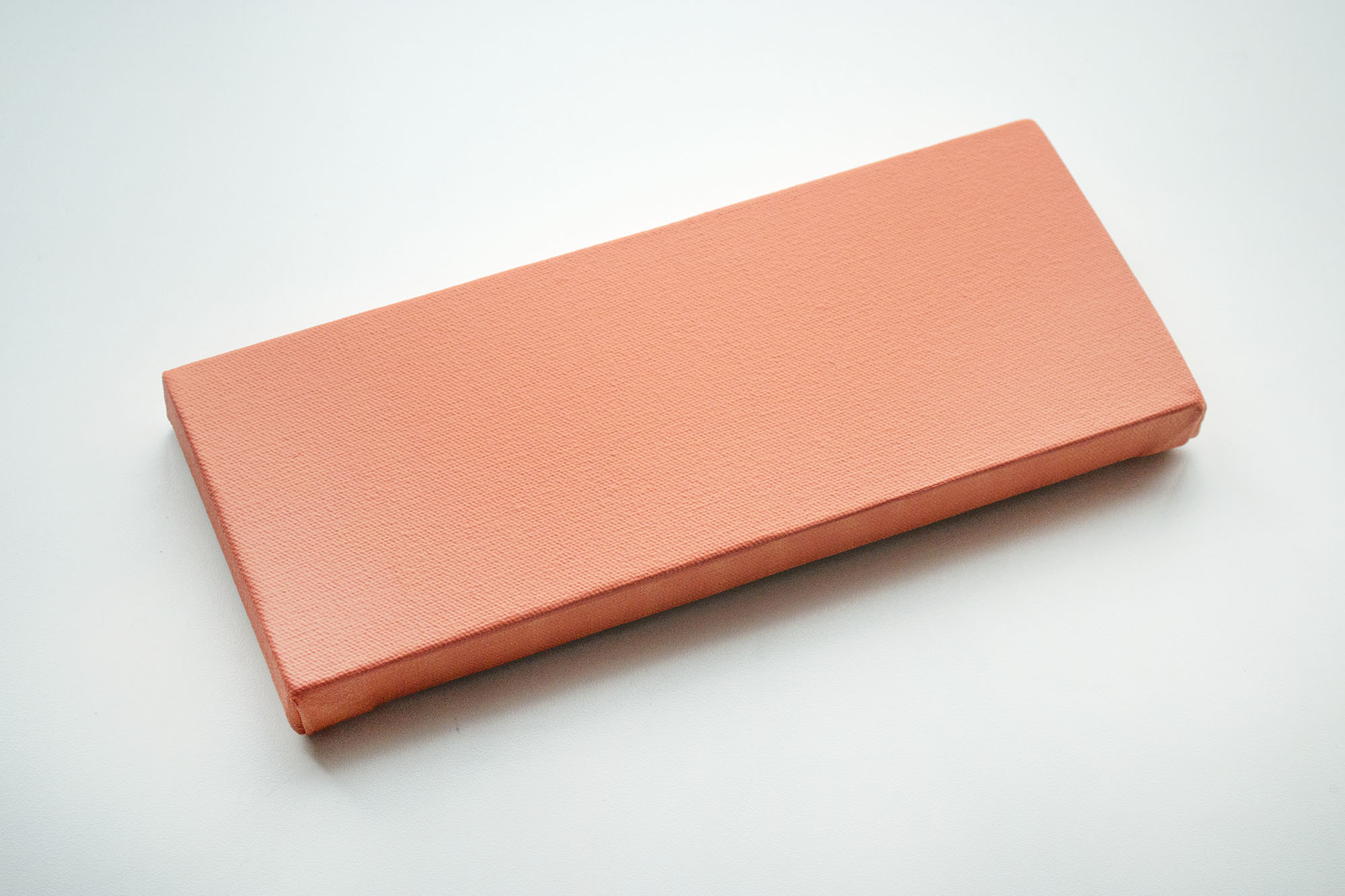

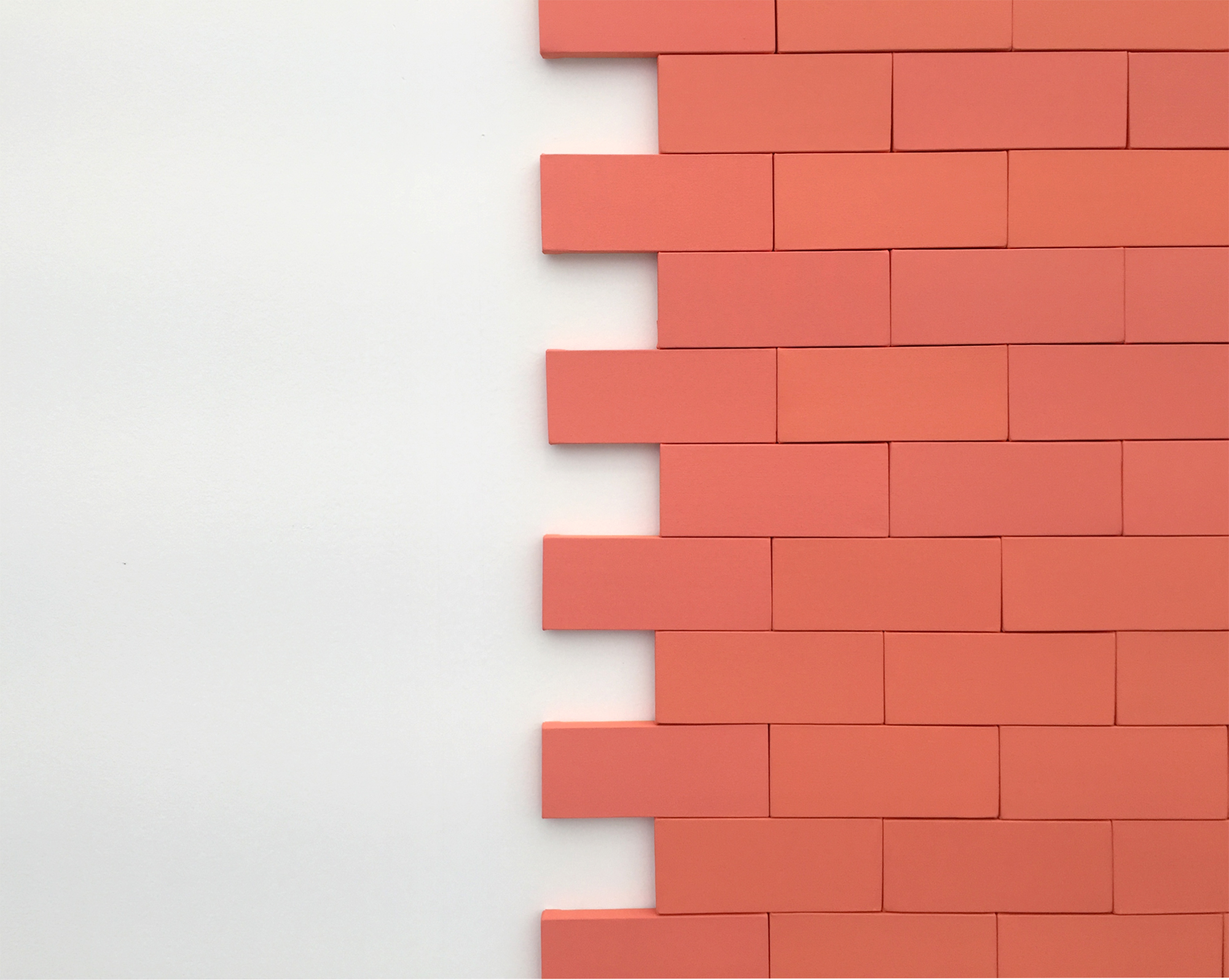
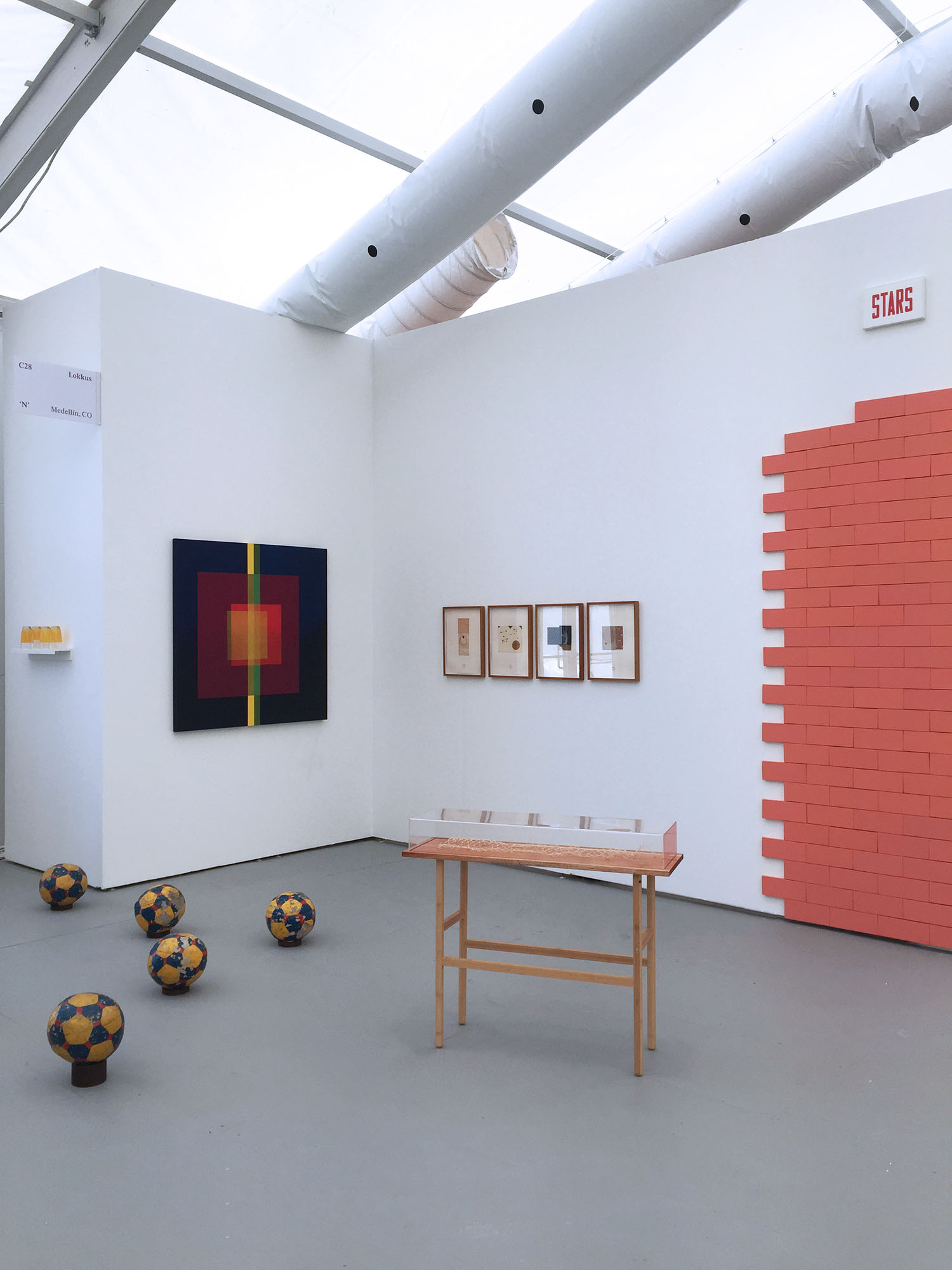
Within the framework of Untitled – Miami, I proposed an installation that pretends to be a wall lined with bricks that are actually made of 100 salmon-colored canvases. This wall makes direct reference to the historical use of brick as an essential and predominant material in Bogota architecture and whose origins date back to pre-colonial pottery techniques. In this sense, brick is a foundational material, even narrative, which accounts for the transition from traditional craft knowledge to an urban project of development and modernity. Somehow the brick condenses long processes of cultural hybridization and makes the "wall" a familiar and common landscape derived from these historical and geological processes.
In addition to their symbolic nature around architecture and landscape, these bricks offer a critical look at the banking and construction sectors in Colombia. Hence its title, Ladrillos UPAC, which refers to the UPAC system (unit of constant purchasing power) –used in Brazil and later implemented in Colombia in 1972 to calculate Housing loans–, whose consequences were the high indebtedness of the Colombian middle class and the consequent loss of homeownership. The bricks are, to some extent, a representation of these units but also an analogous and material version of the NFTs that, although they do not have a direct relationship with the real estate market or the banking system, do respond to similar logics.
︎︎︎ Invest in the system
Untitled Art (Miami 2021)
In addition to their symbolic nature around architecture and landscape, these bricks offer a critical look at the banking and construction sectors in Colombia. Hence its title, Ladrillos UPAC, which refers to the UPAC system (unit of constant purchasing power) –used in Brazil and later implemented in Colombia in 1972 to calculate Housing loans–, whose consequences were the high indebtedness of the Colombian middle class and the consequent loss of homeownership. The bricks are, to some extent, a representation of these units but also an analogous and material version of the NFTs that, although they do not have a direct relationship with the real estate market or the banking system, do respond to similar logics.
︎︎︎ Invest in the system
Untitled Art (Miami 2021)




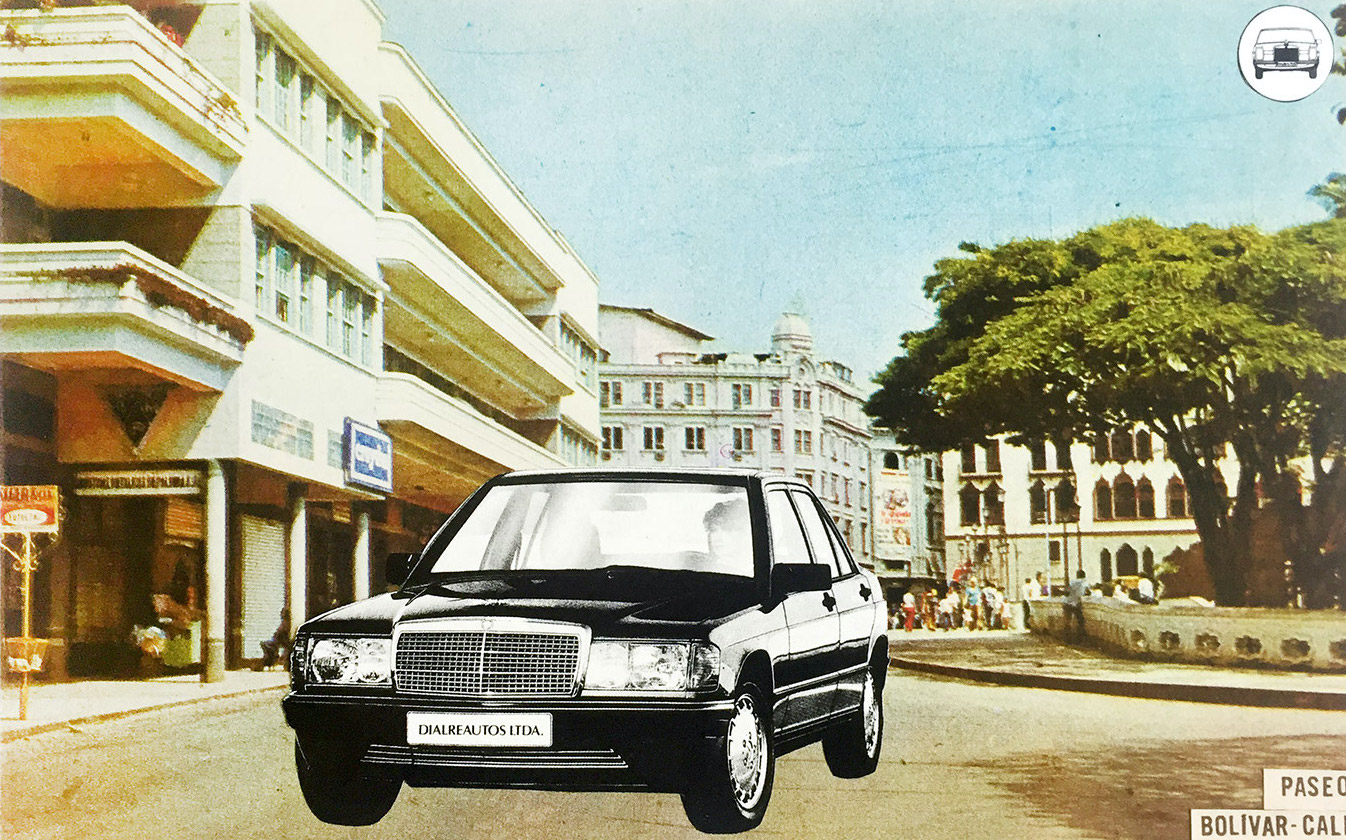


Series of collages made out of two Colombian print archives, sheets from Gráficas Molinari, a popular printshop founded in Cali in 1952, and ads from Diners Magazine (1976-1994), a cultural publication related to the Diners Club International credit card franchise, and its homonym art gallery in Bogotá (1980-2002). These hybrid images help to explore the limits between the bourgeois and aspirational esthetics of the magazine ads with the kitsch and corny look of the Molinari prints. This relates to a more general issue about class stereotypes in Colombian society and how artists tend to work and play in the intersection of both worlds.
See full project at: www.clubcomensalesmolinari.com
Virtual residency at Gráficas Molinari
See full project at: www.clubcomensalesmolinari.com
Virtual residency at Gráficas Molinari


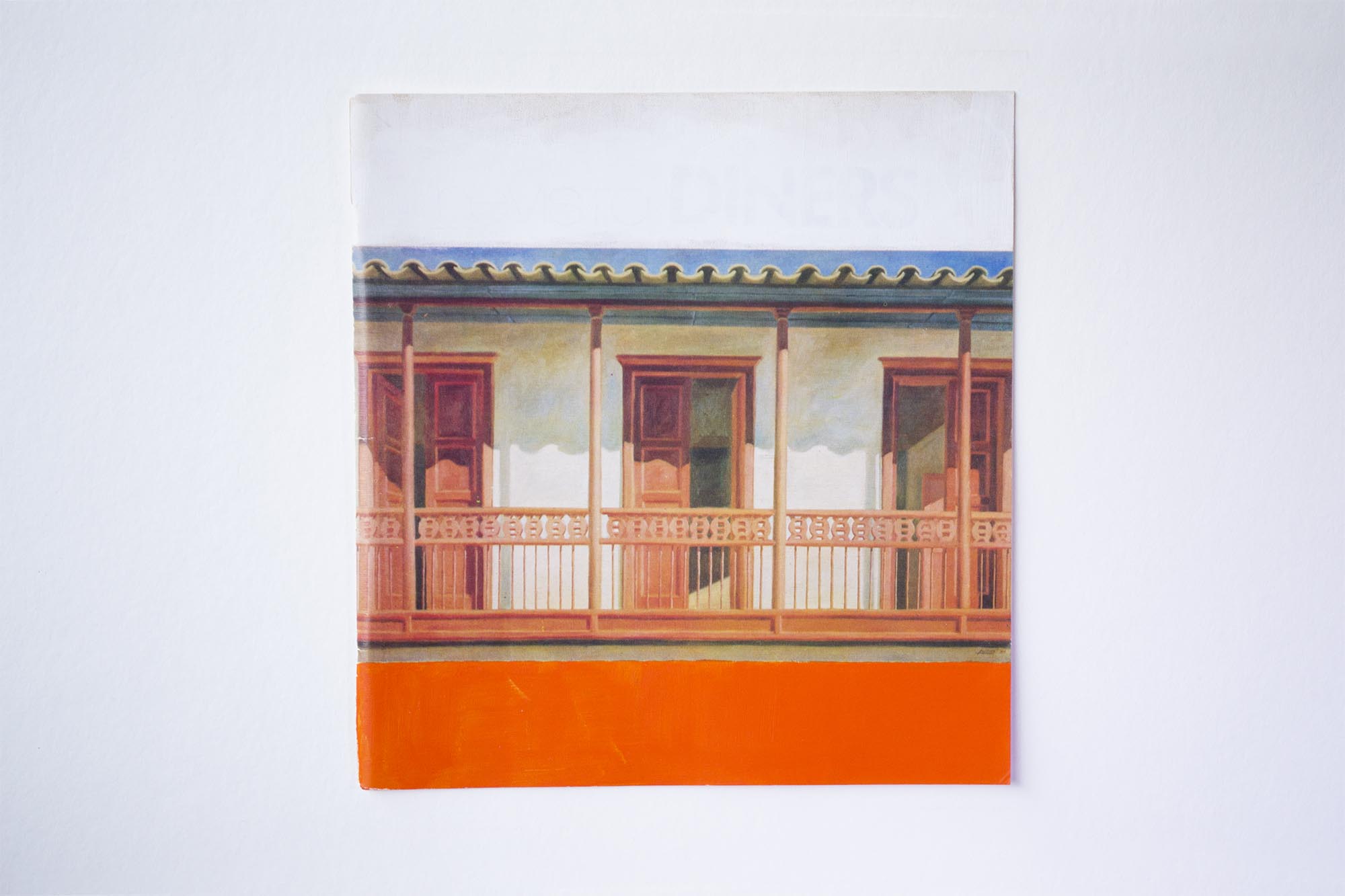










In 1949, after a dinner in a New York restaurant, businessman Frank McNamara invented the Diners Club International franchise, a credit card independent from banks, originally focused on being used for dining, travel, and entertainment expenses. The company's success was such that it would expand globally, operating in around 60 countries, including Colombia, where it arrived in 1962 after the management of another businessman, Ernesto Carlos Martelo. More than being a simple card, the brand has concentrated on transmitting the idea that the "members" of this club, are part of a small group of people with exclusive privileges and whose social status allows them to access luxury goods and services. Part of that strategy consisted, and still is, in publishing a magazine for its clients (by subscription). For 30 years, from 1963 until mid-94, the magazine had the same format (21x 23 cm). It included a review of artists contemporary to the publication –most of them Colombians–, and an image of their work, reproduced on the cover. As a complement to this initiative, an art gallery with the same name was founded in the 80s. This work points to the tension between art seen as an element of decorum of a privileged social class that easily accesses a loan to satisfy their luxury desires and the vital and professional activity of artists whose living depends on it. This small archive of 105 covers and ads, intervened with acrylic, function as a source to understand and show the relationship, sometimes perverse, sometimes necessary and inevitable, between art, finances, investments, the upper classes of society, and exclusive goods and merchandise.
Artbo
Artbo










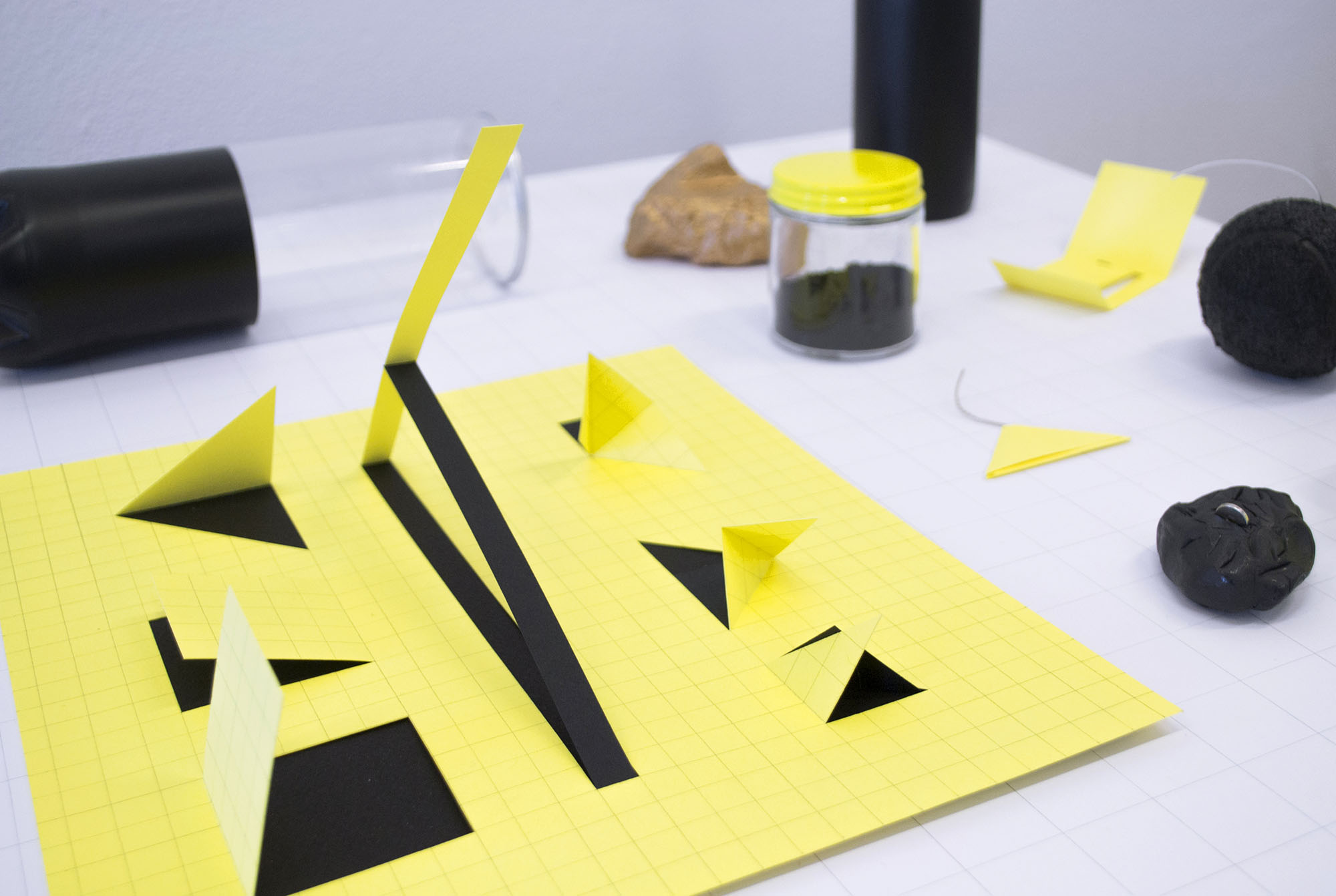




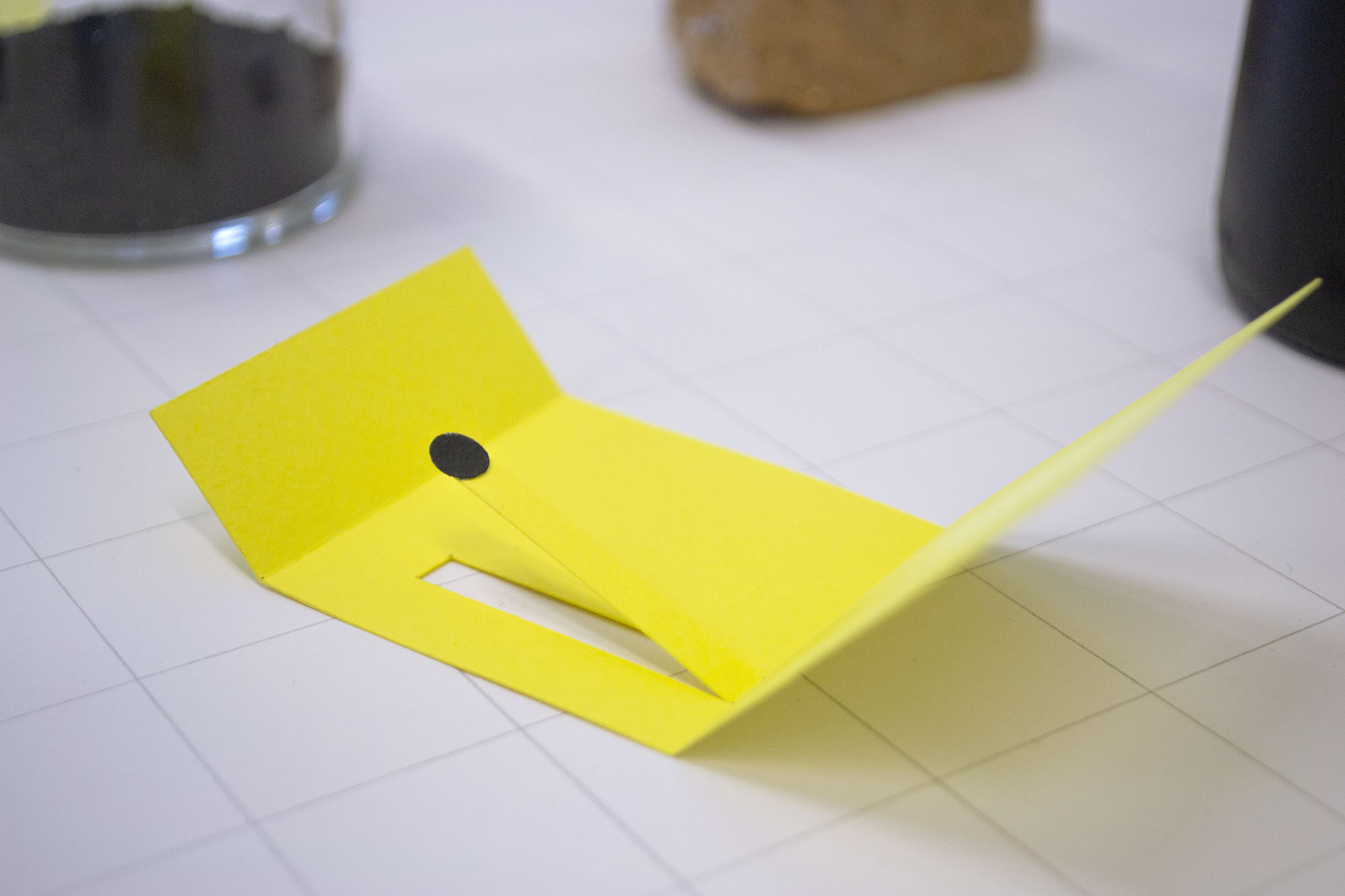





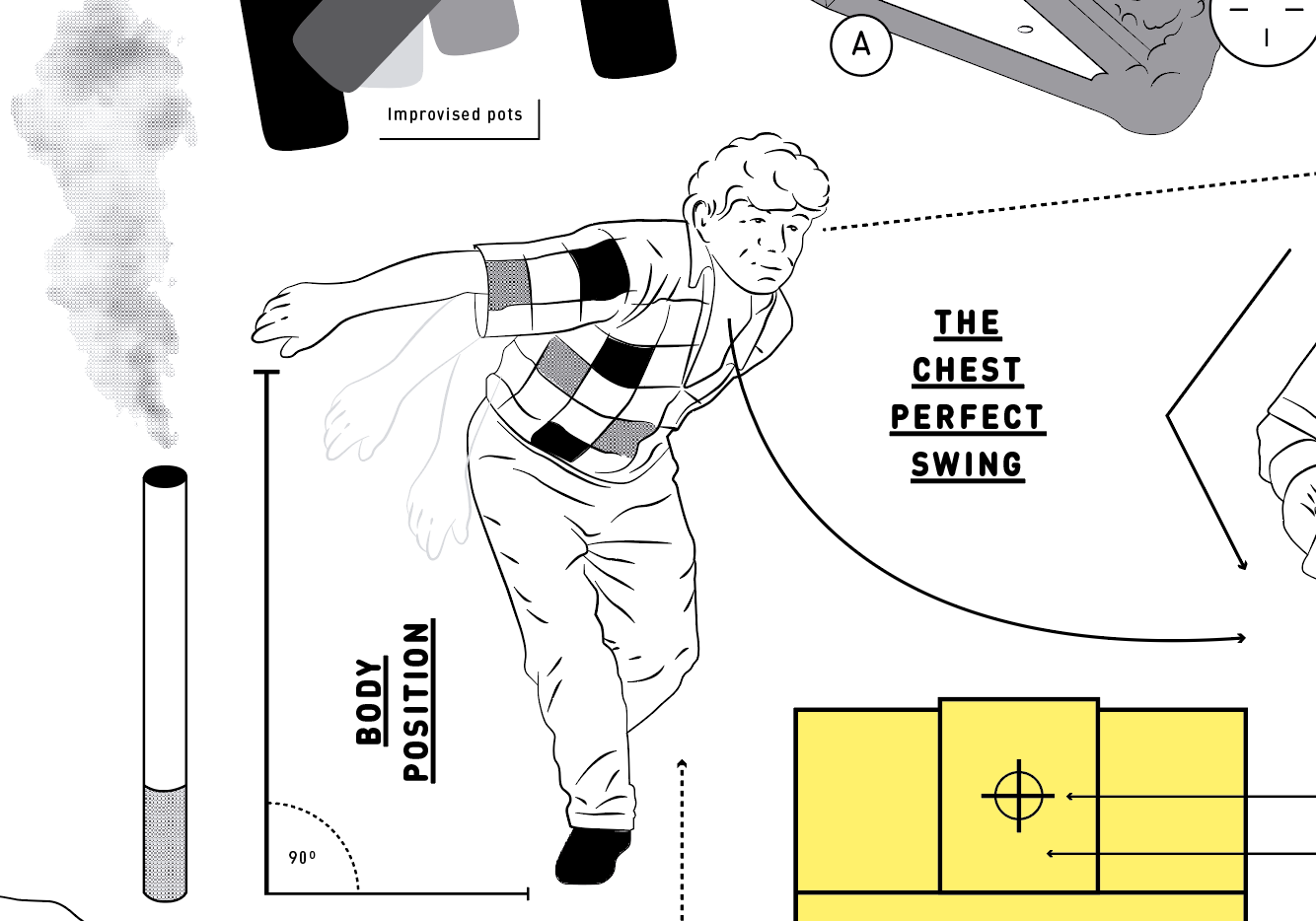




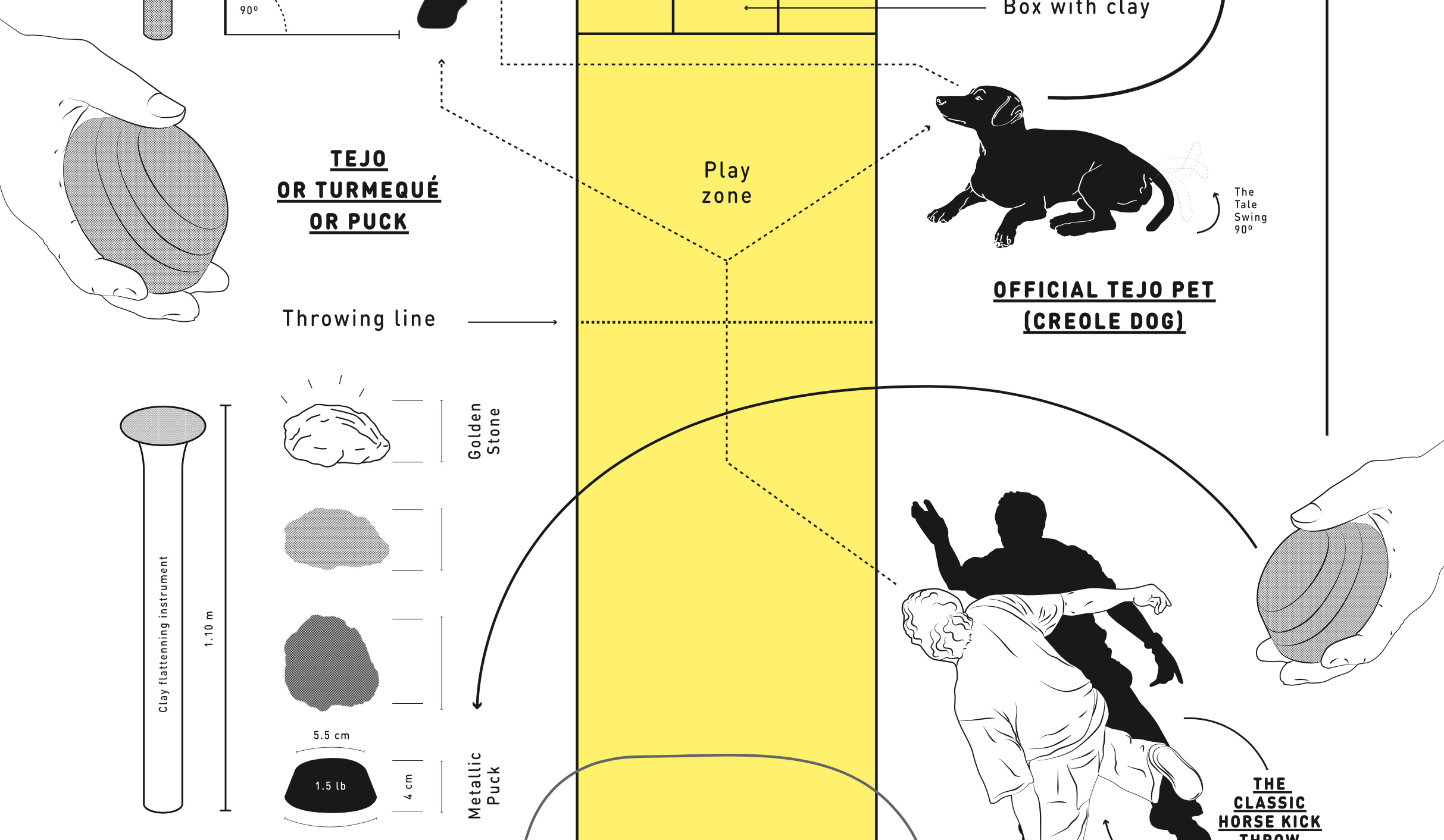




Sports are a reflection of the way societies function and provide a way to understand subtle and untranslatable concerns about cultural belonging and citizenship. Tejo, the national sport of Colombia, where I claim citizenship, is a good example to explain these issues and to understand some related paradigms. By reading sports and games as a model of the ways we come together, we can begin to see paradigms of larger systems. We have built and developed rules, values, right and wrong behaviors, structures, tools and boundaries that, in theory, could produce fair play and establish an even ground to live on and interact with each other. But often these structures and laws constitute limits, walls, competition, strata, market unfairness, and obstacles for spontaneous interaction. This project is composed of two parts, a site-specific playground made in my studio in SAIC, and a geometric model to understand the contradictions and ironies behind Tejo, a Precolumbian game as well as a modern sport.
SAIC
SAIC











In Bogotá, at the intersection of 57A and 40C streets, there is a footwear repair store founded in 1960: Manzi. Their brand looks similar to the one of an Italian pizzeria. In front of it, there is a square with a fountain that no longer works and, next to it, there are four benches facing each other. In one of them sits an old man biting a sweet bread. Around there are walking some couples, women in tailor suits and men with rigid pants. A young man in shorts is walking his dog. An older woman walks so slowly that she seems almost stopped. She is held by a cane. Many cars park next to the sidewalk, from 59th street to 53rd street and to the 39th street, that is, in the arterial roads of an urbanization of multifamily apartments divided into four blocks. Block A that is blue. Block B that is red. Block C that is green and block D that is yellow. Inaugurated in 1966, this housing estate was built to receive pilgrims who would attend a Eucharistic Congress and then baptized with the name of the pope that came to visit: Paul the sixth. We can also see, in that place taken from another time, the Romannoti pastry shop, the D'Castell beauty centre, the Tres Esquinas cigar shop, the La Estancia restaurant, the Capry wash, the Dandini sauce shop and the 86 World store.
Artlicks magazine, 21st edition
Artlicks magazine, 21st edition